Is soil compaction depriving your tree of life-giving water and nutrients? By taking action to reverse and prevent soil compaction, your trees, plants, and grass can benefit from continued growth and thrive.
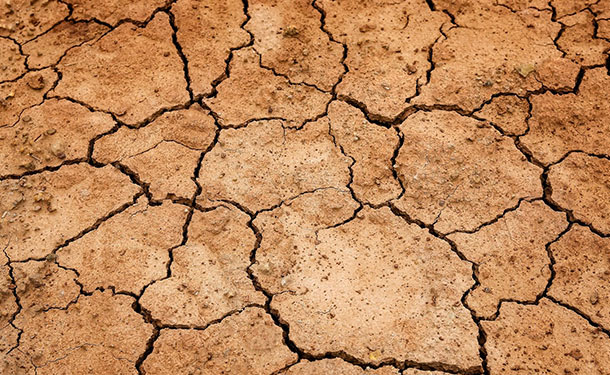
thetreecareguide.com gathered information on what soil compaction is, how to reverse soil compaction, what causes it, and how to prevent it.
What is Compacted Soil
Compacted soil is soil that has been compressed and has lost its porosity due to erosion or surface pressure. Compacted soil has a reduced capacity to absorb water, and even less ability to drain water.
For trees, shrubs, and other plant life, soil compaction hinders their roots from transporting water and nutrients, leaving them in declining health and contributing to their eventual death.
Soil compaction is not limited to farms with heavy equipment. This condition can occur in parks, playgrounds, gardens, yards, and any place where there is soil.
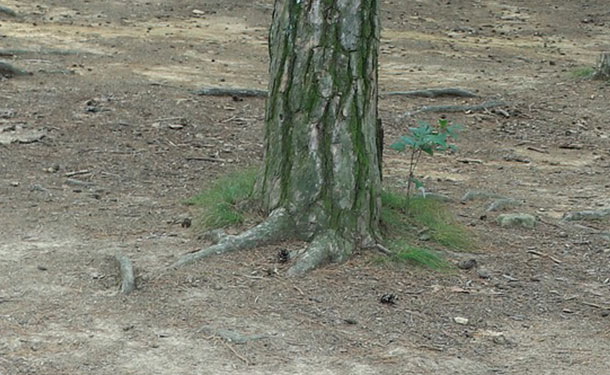
Read more about how your soil quality impacts tree health at thetreecareguide.com/tree-soil-how-soil-impacts-the-health-of-your-trees/
How To Reverse Compacted Soil
Reversing compacted soil can be accomplished by first halting any foot or vehicle traffic over the compacted area. The following steps will help you continue to reverse soil compaction:
1. Using a shovel (use a spade or a pickaxe if you are working around tree roots), break up the top three to six inches of soil.
2. Mix organic matter into the soil (use a ratio of 1 to 1). This may seem like a lot, but it is necessary to develop the porosity required to reverse compaction.
3. Provide weekly deep waterings to the area to encourage deep root growth (this also delivers the added organic material deeper into the soil).
4. Add earthworms to your newly mixed soil to boost the soil organism community.
5. Plant grass or a cover crop “green manure” like alfalfa or clover to prevent erosion or damage from the sun.
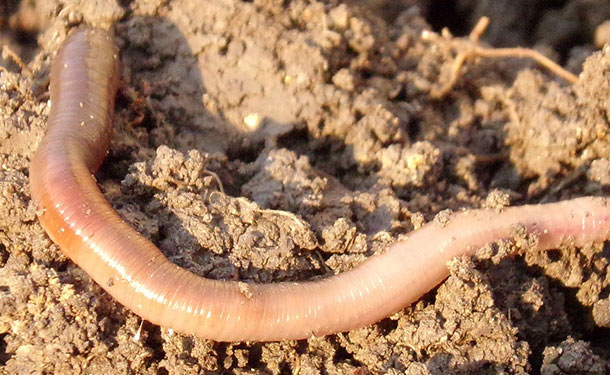
If you are trying to reverse or prevent soil compaction on a farm or open land, read this ars.usda.gov/ARSUserFiles/60100500/csr/researchpubs/raper/raper_06d.pdf
The addition of sand is a common fix for compacted clay soil. However, you may end up annihilating soil structure completely if the sand and clay are compatible enough to develop cementing conditions.
Tip: When working around tree roots, those roots must be protected from injury. Wounded roots can attract disease and insect infestation, adding to the stress caused by soil compaction.
Note: If your tree has been affected by soil compaction (wilting, early leaf drop, reduced leaf size, etc.), call a professional tree service to evaluate the tree. In severe cases, the tree may have to be removed to prevent the sudden toppling of the tree or branches falling to the ground.
What Causes Compacted Soil
Compacted soil may result from either natural or man-made causes. The following are some of the many potential causes of soil compaction:
• Vehicle Traffic
• Vehicle/Machinery Storage
• Construction Supply Storage
• Constant Foot Traffic
• Tillage
• Rain (Soil Crusting)
• Topsoil Erosion
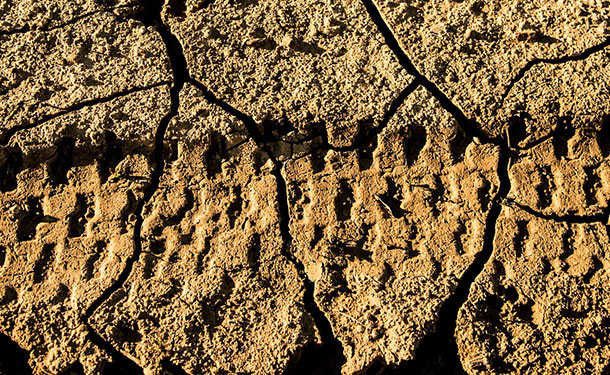
The more compacted your soil becomes, the less plant life can take root. Consequently, as the life is squeezed out of surrounding vegetation, soil compaction may appear to spread.
Uncover more information about how tree roots grow by visiting thetreecareguide.com/tree-health-how-roots-grow/
How To Prevent Compacted Soil
Prevent structure degradation and soil compaction in your yard and around your trees by taking the following measures:
• Add organic material to your soil twice per year
• Mulch your trees and shrubs with a three to six-inch layer of organic mulch year-round
• Stop erosion by installing barriers or planting shrubs, plants, and grass
• Water your yard to keep it moist (not flooded) with occasional deep waterings to encourage deep root growth
• Avoid working and tillage of wet soil. In fact, avoid tillage altogether.
• Install walk/pathways to avoid foot traffic on the soil
• Do not use areas of your yard or around trees for equipment storage (use the garage, patio, or install a shed for that purpose)
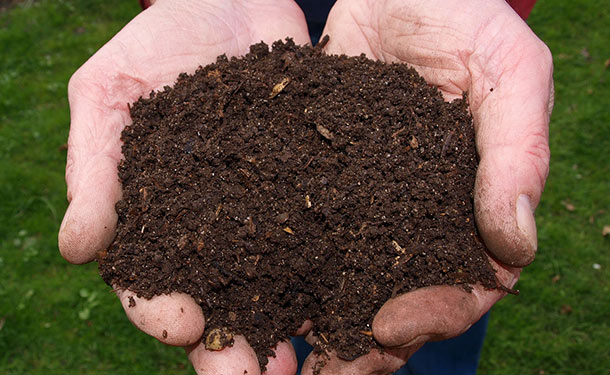
Read more about improving soil quality at thetreecareguide.com/steps-for-sampling-improving-soil/
Fixing Soil Compaction
In this article, you discovered the definition, causes, treatments, and preventative measures of soil compaction.
By taking action to reverse and prevent soil compaction, you are providing your trees, shrubs, and plants with nutrient-rich soil to grow deep and healthy roots.
Your inaction to reverse compacted soil can add immeasurable stress to your trees and plants. The inability for them to transport water and nutrients will ultimately contribute to their decline and eventual death.
Sources:
stormwater.pca.state.mn.us/index.php/Alleviating_compaction_from_construction_activities
ecolandscaping.org/01/developing-healthy-landscapes/soil/dealing-with-soil-compaction/
canr.msu.edu/news/what_to_do_about_compacted_soil
landscapeforlife.org/soil/restore-compacted-soils/